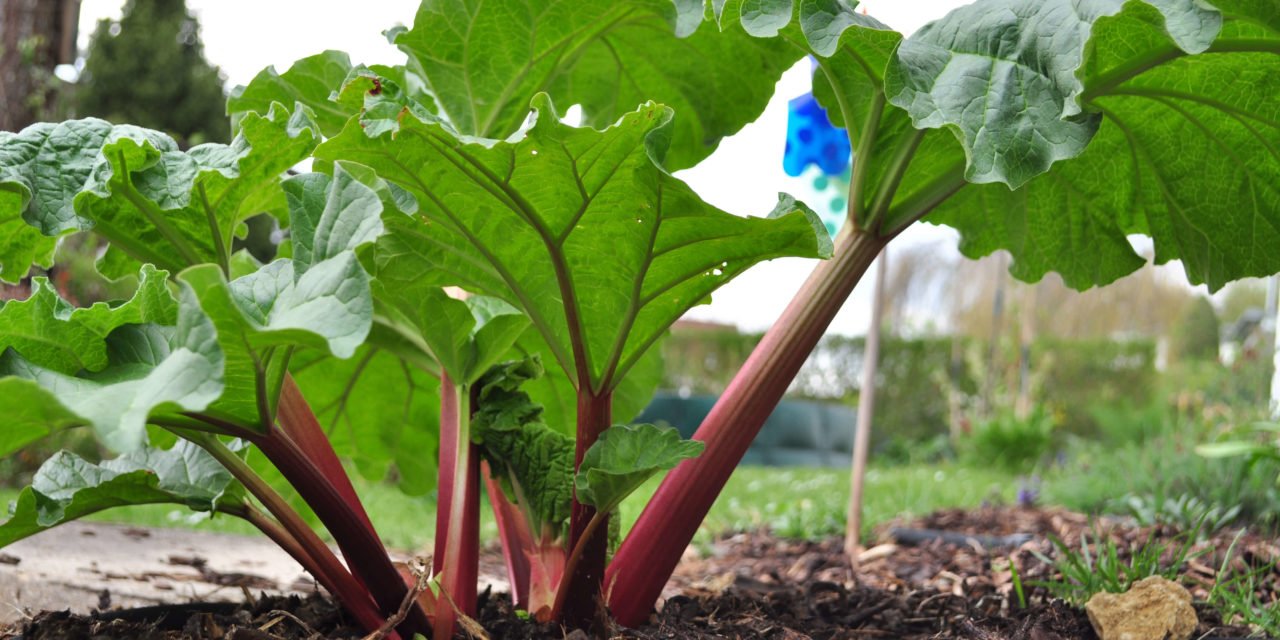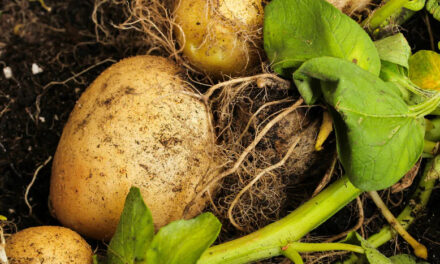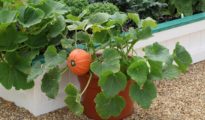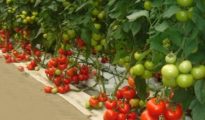Rhubarb, with its vibrant red stalks and tangy flavor, is a delightful addition to any garden or kitchen. While it is commonly propagated through divisions or crowns, growing rhubarb from seeds allows you to explore a wider range of varieties and enjoy the rewarding experience of starting a plant from scratch. In this comprehensive guide, we will take you through the step-by-step process of growing rhubarb from seeds, from selecting the right seeds to caring for your young plants and eventually harvesting the delicious stalks.
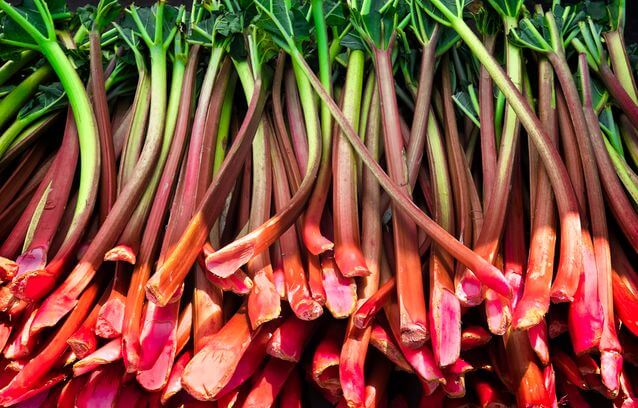
Choosing the Right Seeds
When it comes to growing rhubarb from seeds, selecting the right variety is crucial. Look for seeds of the Rheum rhabarbarum species, which is the most common edible type. Reliable seed suppliers or saving seeds from a healthy established rhubarb plant are good options.
Timing and Preparing Seeds
Start the process in late winter or early spring, around 8 to 10 weeks before the last expected frost date in your region. Soak the seeds in water for 24 hours before planting to improve germination, although it's not mandatory.
Seed Starting Mix and Containers
Fill a seed tray or small containers with a well-draining seed starting mix. A mix comprising equal parts of peat moss, perlite, and vermiculite works well. Ensure containers have drainage holes to prevent waterlogging.
Planting the Seeds
Sow the rhubarb seeds on the soil surface, lightly pressing them in, but avoid burying them too deep. Maintain a spacing of about 1 inch between each seed. Mist the surface with water or use a spray bottle to keep the seeds evenly moist.
Providing Optimal Germination Conditions
Create a greenhouse-like environment by placing a clear plastic cover or a plastic bag over the seed tray or containers to retain moisture. Keep the trays in a warm location with a temperature between 65°F to 75°F (18°C to 24°C).
Germination and Transplanting
Rhubarb seeds typically take 2 to 4 weeks to germinate. Once seedlings emerge and are large enough to handle, transplant them into individual pots or cell trays using a good-quality potting soil. Ensure each seedling has enough space for its roots to develop.
Hardening Off and Outdoor Planting
About two weeks before the last frost date in your area, gradually expose the seedlings to outdoor conditions by placing them outside for a few hours each day, increasing the duration and intensity of exposure. Protect young plants from strong winds and extreme weather conditions.
Selecting the Planting Site
Choose a planting site that receives full to partial sun, with rich, well-draining soil. Amend the soil with organic matter such as compost or well-rotted manure before planting to improve fertility and drainage.
Planting the Seedlings
Dig a hole wide and deep enough to accommodate the rhubarb seedling's root system. Place the plant in the hole, ensuring the crown is level with the soil surface. Backfill the hole with soil, firming it gently around the roots to remove air pockets.
Watering and Mulching
Water the seedlings thoroughly after planting to help them establish their roots. Rhubarb plants require regular watering, especially during dry spells. Keep the soil consistently moist but not waterlogged. Apply organic mulch around the plants to retain moisture and suppress weed growth.
Fertilizing and Nutrient Requirements
Apply a balanced organic fertilizer, such as compost or well-rotted manure, in early spring and again in late summer. Avoid high-nitrogen fertilizers as they promote excessive foliage growth. Rhubarb is a heavy feeder and benefits from regular fertilization.
Weed Control and Maintenance
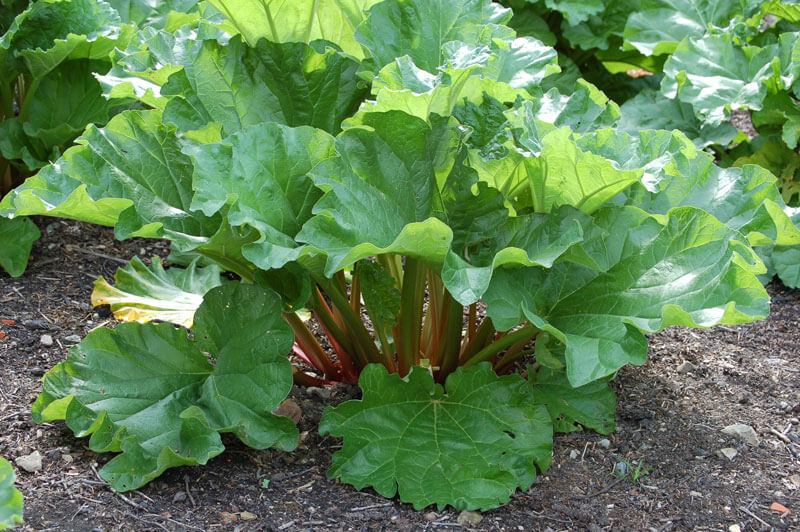
Maintain a weed-free planting area to prevent competition for nutrients and water. Regularly remove any weeds that emerge around the plants, taking care not to damage the shallow root system of the rhubarb. Applying a layer of mulch helps suppress weed growth and conserves soil moisture.
Supporting and Dividing Rhubarb
As rhubarb plants grow, they can become top-heavy, and their large leaves may flop over. To prevent damage, support the plants with stakes or cages. Additionally, rhubarb plants benefit from division every 4 to 5 years to maintain their vigor. Dividing the plants also allows you to propagate more rhubarb.
Pest and Disease Management
Fortunately, rhubarb is relatively resistant to pests and diseases. However, common pests such as aphids, slugs, and snails may occasionally appear. Monitor your plants regularly and take appropriate measures, such as handpicking or using organic pest control methods if necessary. Proper spacing and good airflow help prevent disease issues such as crown rot and leaf spot.
Harvesting Rhubarb
Patience is key when it comes to harvesting rhubarb. It is recommended to refrain from harvesting in the first year to allow the plants to establish a strong root system. In the second year, you can begin harvesting a few stalks, being careful not to remove more than one-third of the plant's stalks at a time. In subsequent years, you can harvest the stalks when they are 12 to 18 inches long. Gently twist and pull the stalks from the base, avoiding any damage to the crown.
Growing rhubarb from seeds is a rewarding and enjoyable experience that allows you to witness the entire lifecycle of this versatile plant. By following the steps outlined in this comprehensive guide, you can successfully grow rhubarb from seeds, from selecting the right seeds to caring for the young plants and harvesting the delicious stalks. With proper attention and care, you'll be able to enjoy the tangy goodness of homegrown rhubarb in your culinary endeavors for years to come. Happy gardening!

